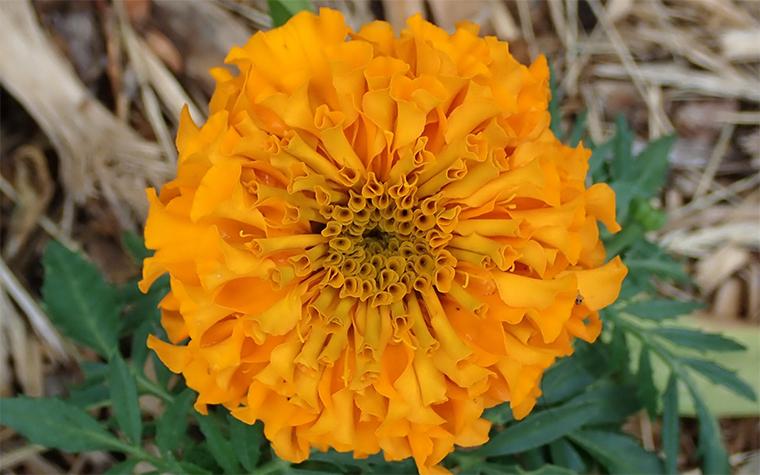COLUMBIA, Mo. – As frost approaches, gardeners are tempted to dig up plants and place them in pots for use indoors. Too often, the results are disappointing as plants that flourished in the garden drop leaves and stop flowering indoors, said University of Missouri Extension horticulture specialist David Trinklein.
Saving an attractive plant is tempting, but consider several points before attempting to do so, Trinklein said. First, is there a suitable location in the home for the plant? Does the plant have sentimental value? Is it rare or expensive? Is it free of insects and diseases?
If the answer to these questions is “yes,” then your time and effort moving the plant might be worth it, he said.
On the other hand, if these are some of your reasons for saving a plant, you might want to reconsider: The plant is too attractive to let it freeze. You need a colorful plant in your home. You want to save it for next spring and plant it outdoors again. You want to give the plant to a friend as a gift.
“The fact is that many garden plants do not make good houseplants in any indoor location,” Trinklein said. Common garden annuals such as marigold, zinnia, celosia, and flowering vinca are all true annuals. They will not thrive indoors because the light is too poor, the night temperature is too high and the relative humidity is too low.
Flowering plants that are indoors, particularly those from the garden, need bright light in winter regardless of their light preference outdoors. Short winter days coupled with the poor light typical of most interior settings will prevent most annual garden plants from flourishing.
Supplemental (artificial) light is beneficial, but it will have its greatest impact if placed over plants growing with good light from a sunny window.
Night temperatures close to 60 degrees Fahrenheit promote the best plant growth. Most homes have their thermostats set higher than 60.
For those determined to save garden plants, Trinklein offers these suggestions:
Lift the plant carefully from the soil and place it in a large pot. Plants may look small outdoors, but the complete root system may require a larger pot than you expect. The root system of that seemingly little plant in the garden might need an 8-inch pot.
Maintain a ball of undisturbed soil and roots as much as possible. Some root pruning along the sides of the soil ball usually is inevitable. But the more roots that are pruned off, the greater the shock to the plant.
Situate the plant in the pot at about the same depth it was growing in the garden. Fill around the existing root ball with a peat-lite potting mix. If there is no immediate danger of frost, keep the newly potted plant outdoors in the shade for a week or two to become adjusted to growing in a container. If the weather is cold, bring the newly potted plant into a cool room and place it by a bright window. For the first few days, cover the plant loosely with a plastic bag to increase the humidity around its leaves.
Gardeners who simply want to save a few garden plants for the next growing season may prefer taking cuttings, which require less space. Begonia, impatiens and geranium root readily from cuttings taken in the fall.
Photo
Marigold. Photo by James St. John. Shared under a Creative Commons license (CC-BY-2.0) via Wikimedia Commons.
